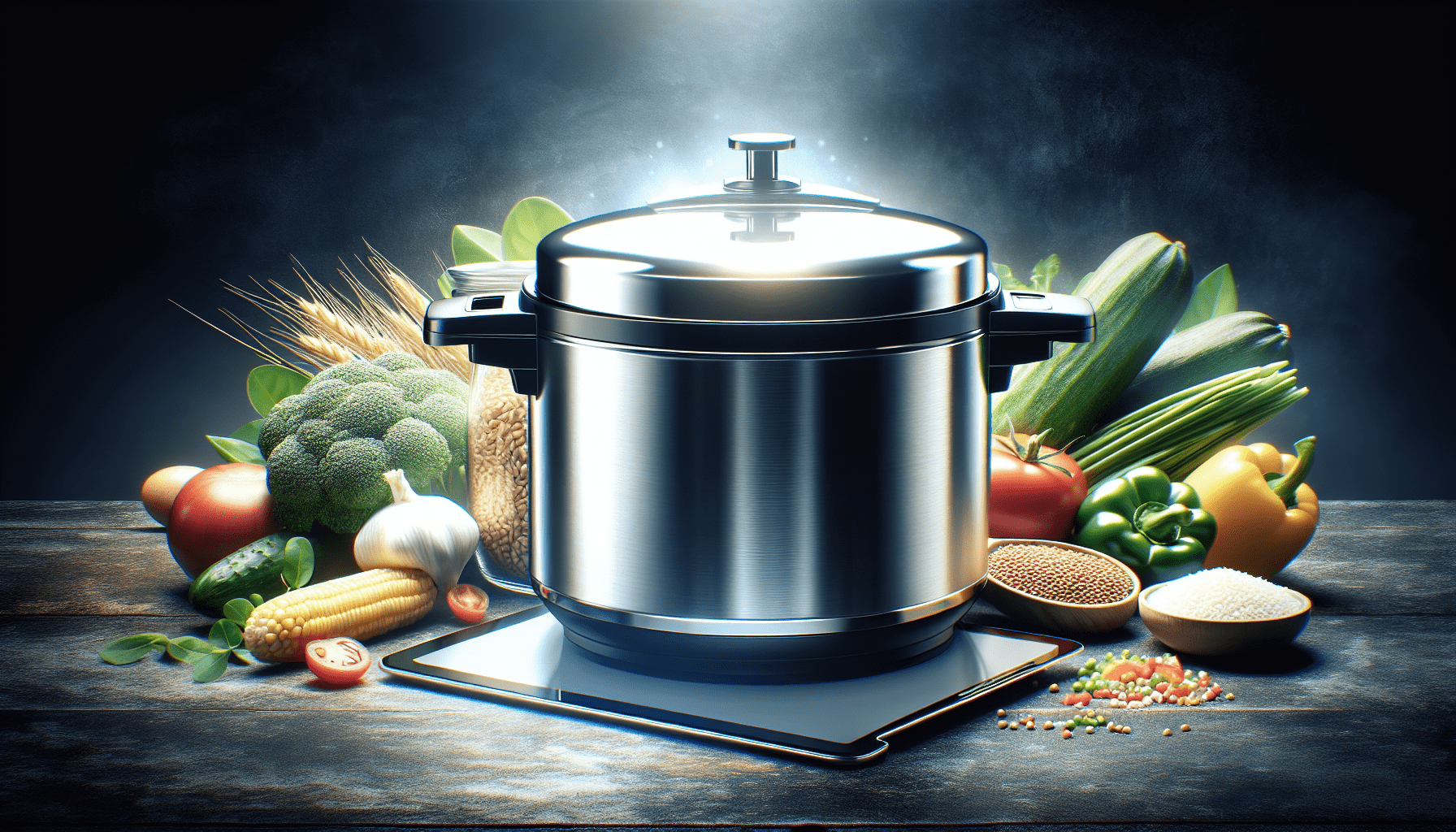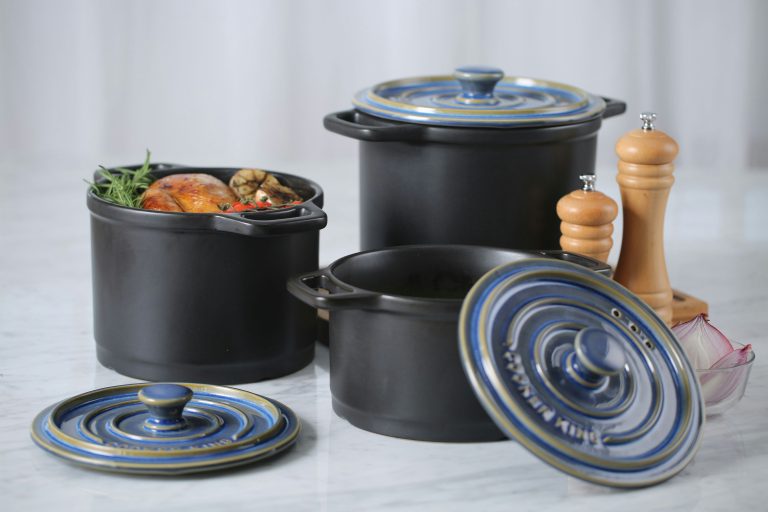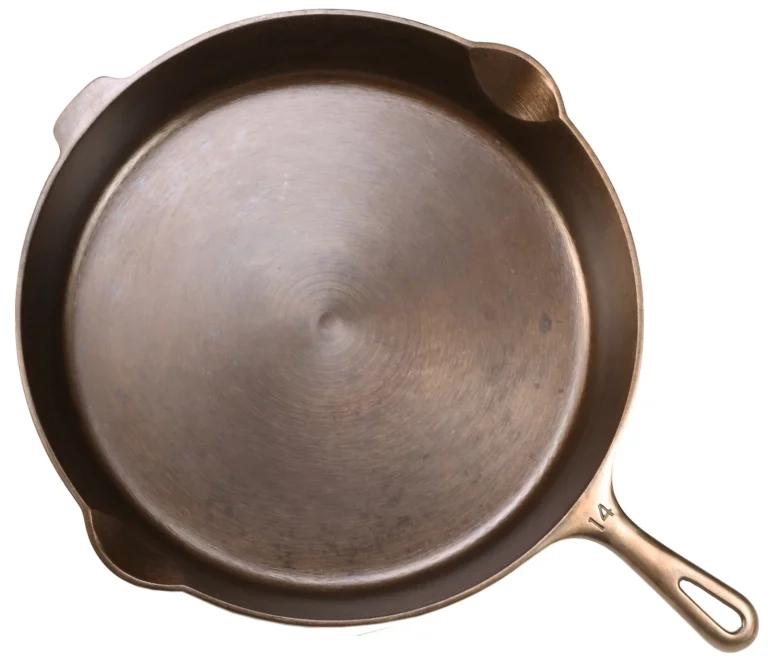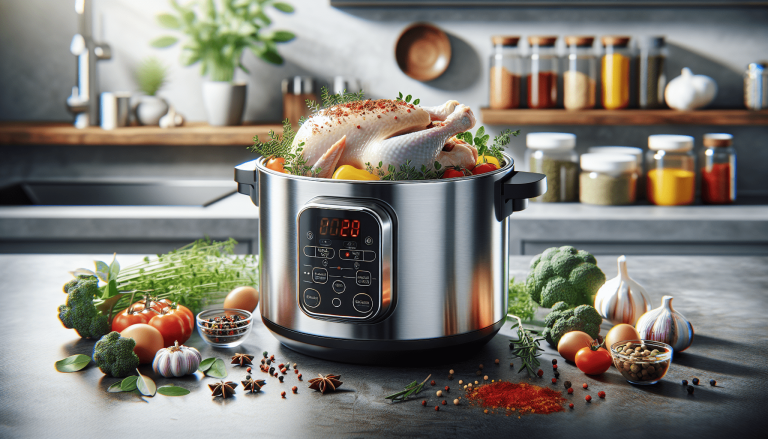How To Use A Pressure Cooker For The First Time
Welcome to the exciting world of pressure cooking! If you’re a beginner looking to try out your new pressure cooker for the first time, you’re in the right place. In this article, we’ll walk you through the basics of using a pressure cooker, from setting it up to cooking your first delicious meal. Get ready to impress your friends and family with your newfound culinary skills!
Are you itching to try out that brand new pressure cooker you just purchased but feeling a bit intimidated by the whole process? Fear not! In this article, we’ll walk you through step by step on how to use a pressure cooker for the first time. By the end of this guide, you’ll be a pro at pressure cooking and wonder why you waited so long to dive in. Let’s get started!

Getting Acquainted with Your Pressure Cooker
So, you’ve unboxed your shiny new pressure cooker. What’s next? Before diving into the cooking process, it’s essential to familiarize yourself with the various parts and functions of your pressure cooker. Most pressure cookers consist of the following components:
- Lid: The top part of the pressure cooker that locks in place to create an airtight seal.
- Sealing Ring: A rubber ring that fits inside the lid and helps to ensure a tight seal.
- Pressure Valve: A small knob located on the lid that allows you to release or control the pressure inside the cooker.
- Pressure Indicator: A small metal pin that rises when pressure has built up inside the cooker.
- Cooking Pot: The inner pot where you’ll place your ingredients for cooking.
Take a few minutes to inspect each part and understand its role in the pressure cooking process. This initial step will help you feel more confident as you start using your pressure cooker.
Performing the Initial Test Run
Before you start cooking your first meal, it’s a good idea to perform an initial test run with your pressure cooker. This simple step will help you get comfortable with how your pressure cooker operates and ensure everything is working correctly. Here’s how to do it:
- Add 2 cups of water to the cooking pot.
- Close the lid securely and set the pressure valve to the sealing position.
- Select the “Manual” or “Pressure Cook” setting on your pressure cooker and set the timer for 5 minutes.
- Once the timer goes off, allow the pressure to release naturally for 10 minutes before manually releasing any remaining pressure.
- Carefully open the lid and check to see if the water has boiled. If everything looks good, your pressure cooker is ready for use!
Performing this test run will give you a hands-on experience with your pressure cooker and build your confidence in using it for future meals.
Understanding the Pressure Cooking Settings
Most pressure cookers come equipped with a variety of cooking settings that allow you to customize your cooking experience. While the specific settings may vary depending on the brand and model of your pressure cooker, here are some common settings you may encounter:
- Manual/Pressure Cook: Allows you to manually set the pressure level and cooking time.
- Saute: Lets you brown or cook ingredients directly in the cooking pot before pressure cooking.
- Pressure Release: Allows you to manually release the pressure inside the cooker.
- Keep Warm: Keeps your food warm after cooking is complete.
Take some time to familiarize yourself with the different settings on your pressure cooker and understand how each one can be used to enhance your cooking experience.
Preparing Your Ingredients for Pressure Cooking
Now that you’re comfortable with the basic functions of your pressure cooker, it’s time to prepare your ingredients for cooking. Here are a few tips to keep in mind when prepping:
- Size Matters: Cut your ingredients into uniform pieces to ensure they cook evenly and avoid overcrowding the cooking pot.
- Liquid Requirement: Unlike traditional cooking methods, pressure cooking requires less liquid due to the sealed environment. Be mindful of the recommended liquid amount for your recipe.
- Seasoning: Don’t forget to add your favorite herbs, spices, and seasonings to enhance the flavor of your dish.
By taking the time to prep your ingredients thoughtfully, you’ll set yourself up for a successful pressure cooking experience and delicious results.
Tips for Sealing and Releasing Pressure
Sealing and releasing pressure in your pressure cooker are essential steps in the cooking process. Here are some tips to help you master these techniques:
- Sealing: Make sure the pressure cooker lid is securely closed before starting the cooking process. You should hear a distinct click when the lid locks into place.
- Pressure Release: Depending on the recipe, you’ll either perform a natural pressure release (letting the pressure drop on its own) or a quick pressure release (manually releasing the pressure using the pressure valve). Follow the recipe instructions carefully to determine the appropriate release method.
Mastering the art of sealing and releasing pressure will ensure a safe and successful pressure cooking experience every time.
Common Mistakes to Avoid
As a new pressure cooker user, it’s natural to make a few mistakes along the way. However, being aware of common pitfalls can help you avoid them and achieve better results. Here are some common mistakes to steer clear of:
- Overfilling the Pot: Resist the temptation to fill the cooking pot to the brim. Leave some space at the top to allow for pressure buildup.
- Underestimating Cook Times: Pressure cooking is faster than traditional cooking methods, but that doesn’t mean you can cut corners on cook times. Follow recipe instructions carefully to ensure your food is cooked thoroughly.
- Skipping the Water: Forgetting to add enough liquid to your pressure cooker can result in burnt food or failed recipes. Always double-check the liquid requirements before starting the cooking process.
By keeping these common mistakes in mind, you’ll be better equipped to navigate the world of pressure cooking and enjoy delicious meals with ease.
Cleaning and Maintenance Tips
After a successful cooking session with your pressure cooker, it’s essential to clean and maintain your appliance properly to ensure its longevity and performance. Here are some cleaning and maintenance tips to keep in mind:
- Hand Wash Only: Most pressure cooker components, such as the lid, sealing ring, and cooking pot, should be hand washed with mild soap and warm water. Avoid using abrasive cleaners that could damage the surface.
- Check Sealing Ring: Regularly inspect the sealing ring for wear and tear, and replace it if necessary to maintain a tight seal.
- Store Properly: Store your pressure cooker in a cool, dry place away from direct heat sources when not in use to prolong its lifespan.
Taking care of your pressure cooker will not only extend its life but also ensure that it continues to perform at its best for many meals to come.
Embracing the Versatility of Pressure Cooking
One of the most significant advantages of using a pressure cooker is its versatility in the kitchen. From soups and stews to risottos and desserts, the possibilities are endless when it comes to pressure cooking. Here are a few ideas to inspire your culinary creativity:
- One-Pot Meals: Pressure cookers excel at creating flavorful one-pot meals with minimal effort. Try making a hearty beef stew or a creamy pasta dish for a satisfying dinner.
- Meal Prep Made Easy: Use your pressure cooker to batch cook ingredients such as rice, beans, or proteins for quick and convenient meal prep throughout the week.
- Dessert Delights: Yes, you can even make desserts in your pressure cooker! Experiment with recipes for cakes, puddings, and even cheesecakes for a sweet treat.
By exploring the diverse range of dishes you can create with your pressure cooker, you’ll discover a whole new world of culinary possibilities waiting to be explored.
In conclusion, using a pressure cooker for the first time may seem daunting, but with a little practice and patience, you’ll soon become a pro at pressure cooking. Remember to start with the basics, take your time to understand your pressure cooker’s functions, and don’t be afraid to experiment with different recipes to find what works best for you. Before you know it, you’ll be whipping up delicious meals in no time, all thanks to your trusty pressure cooker. Happy cooking!







